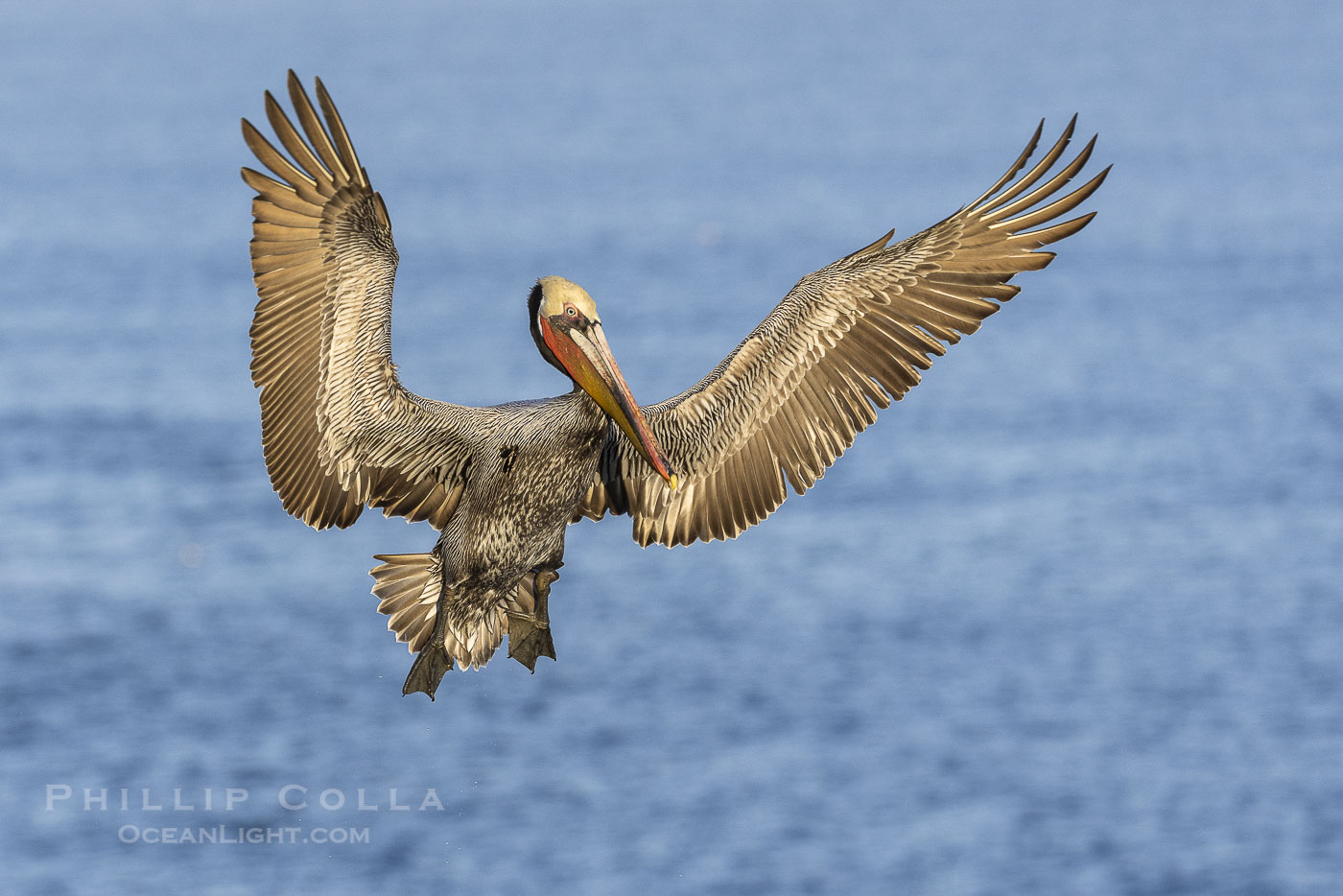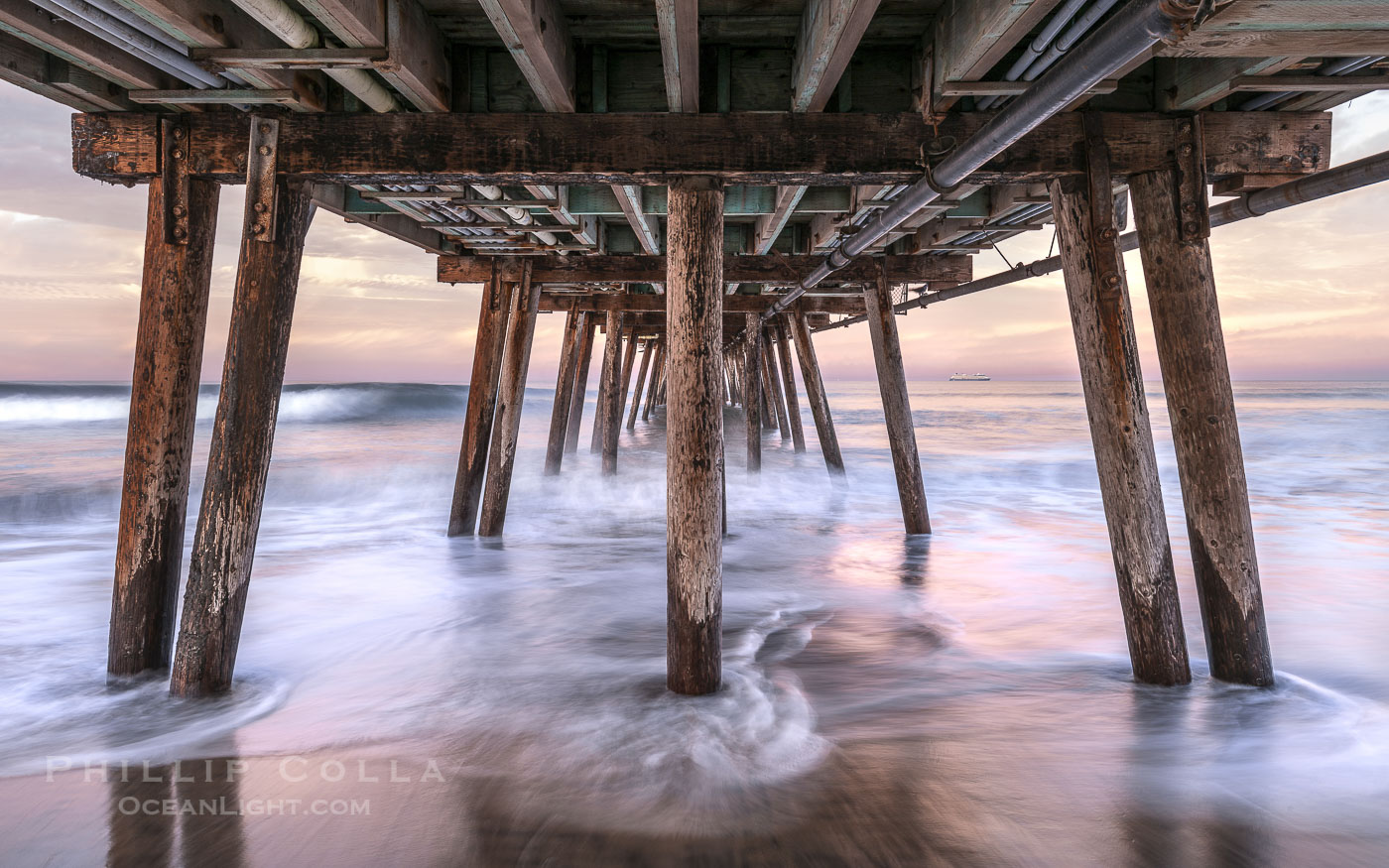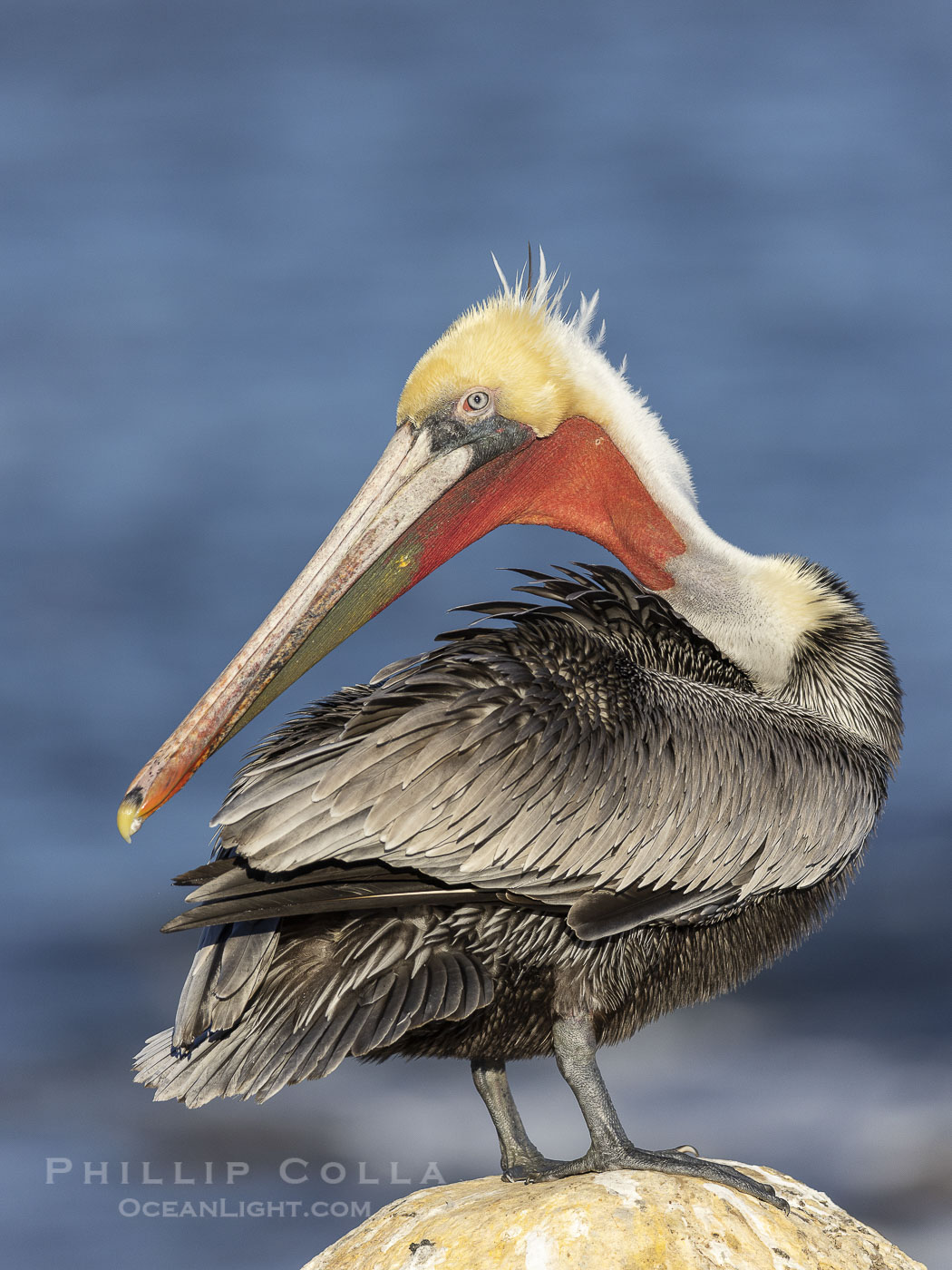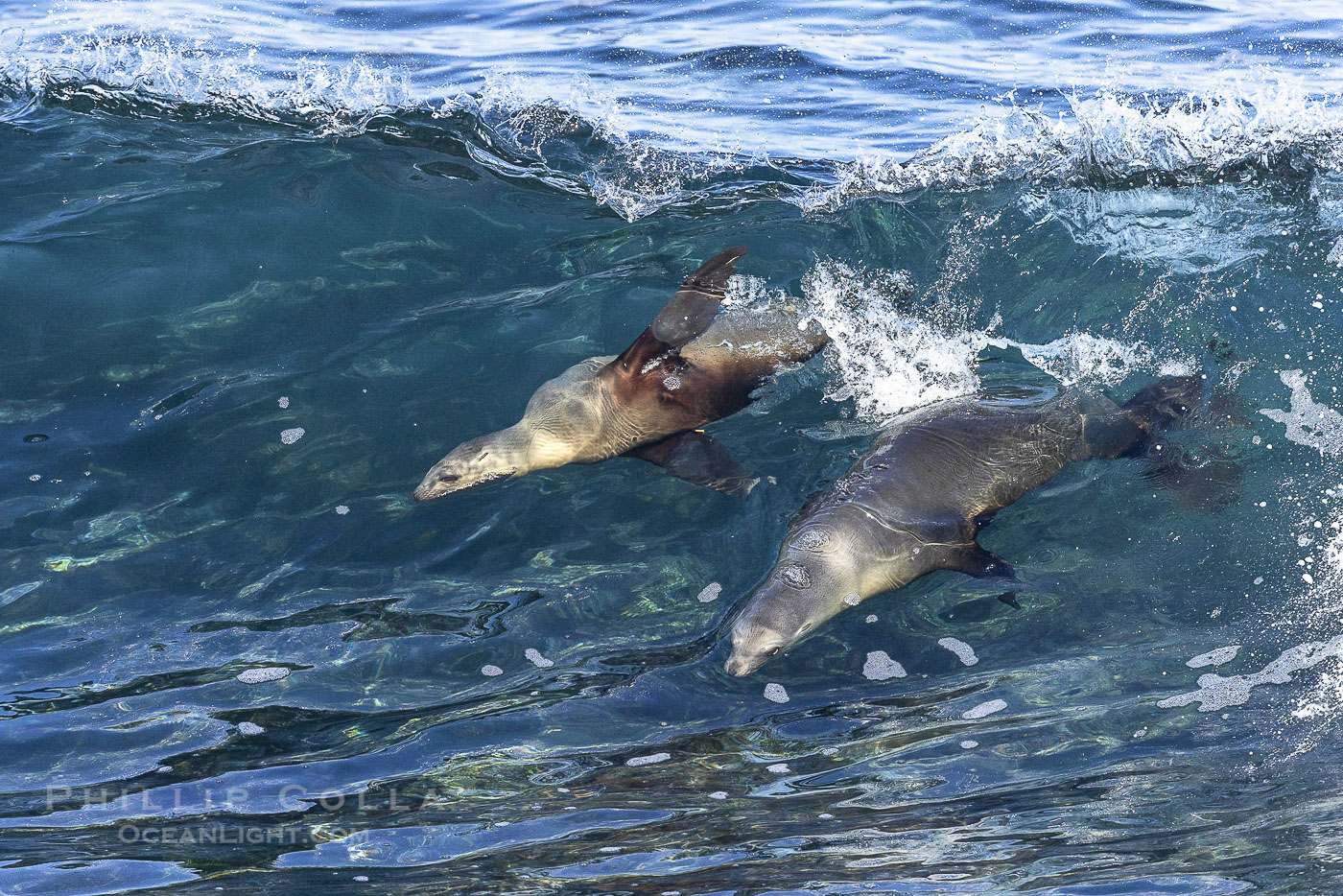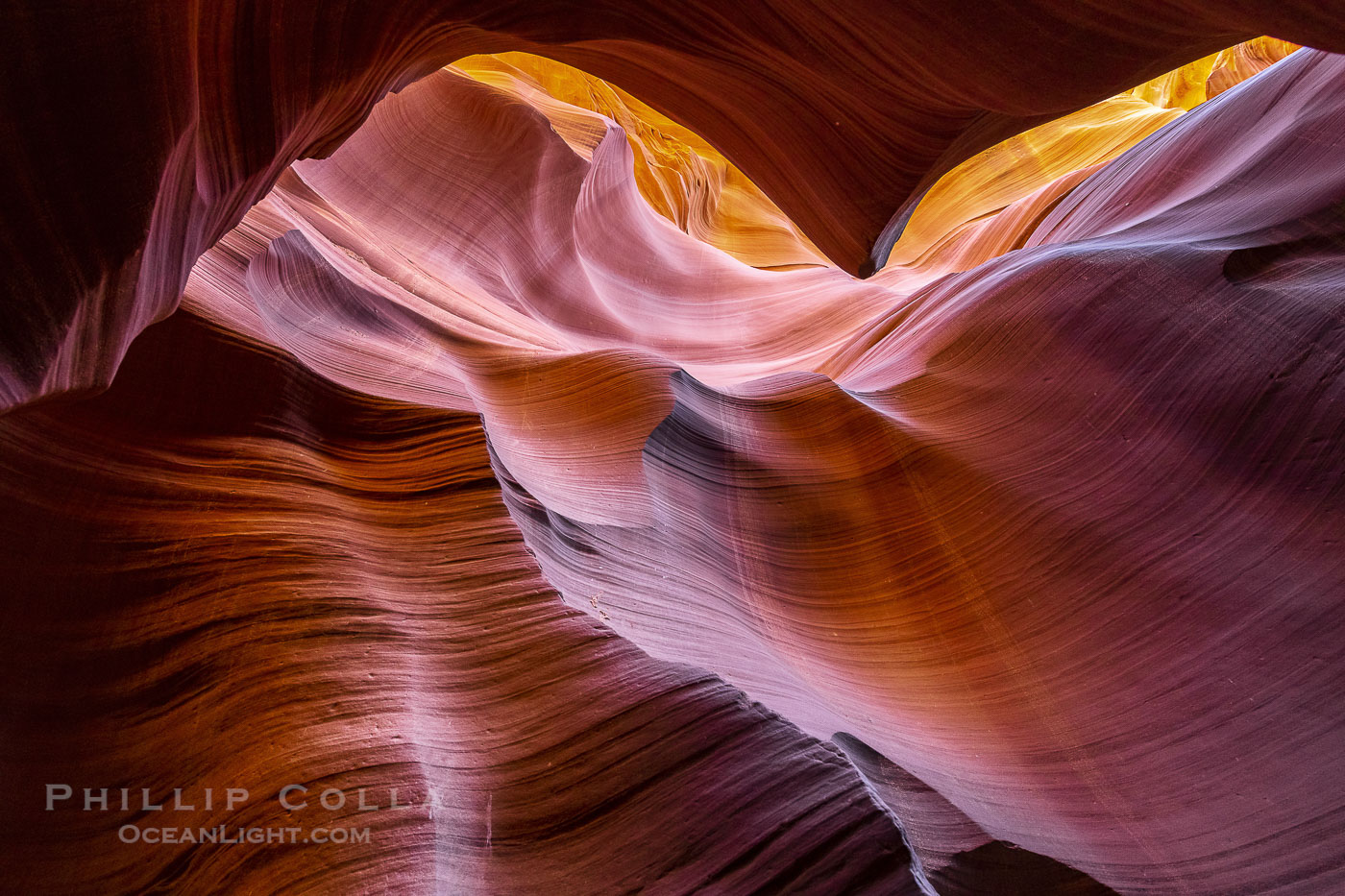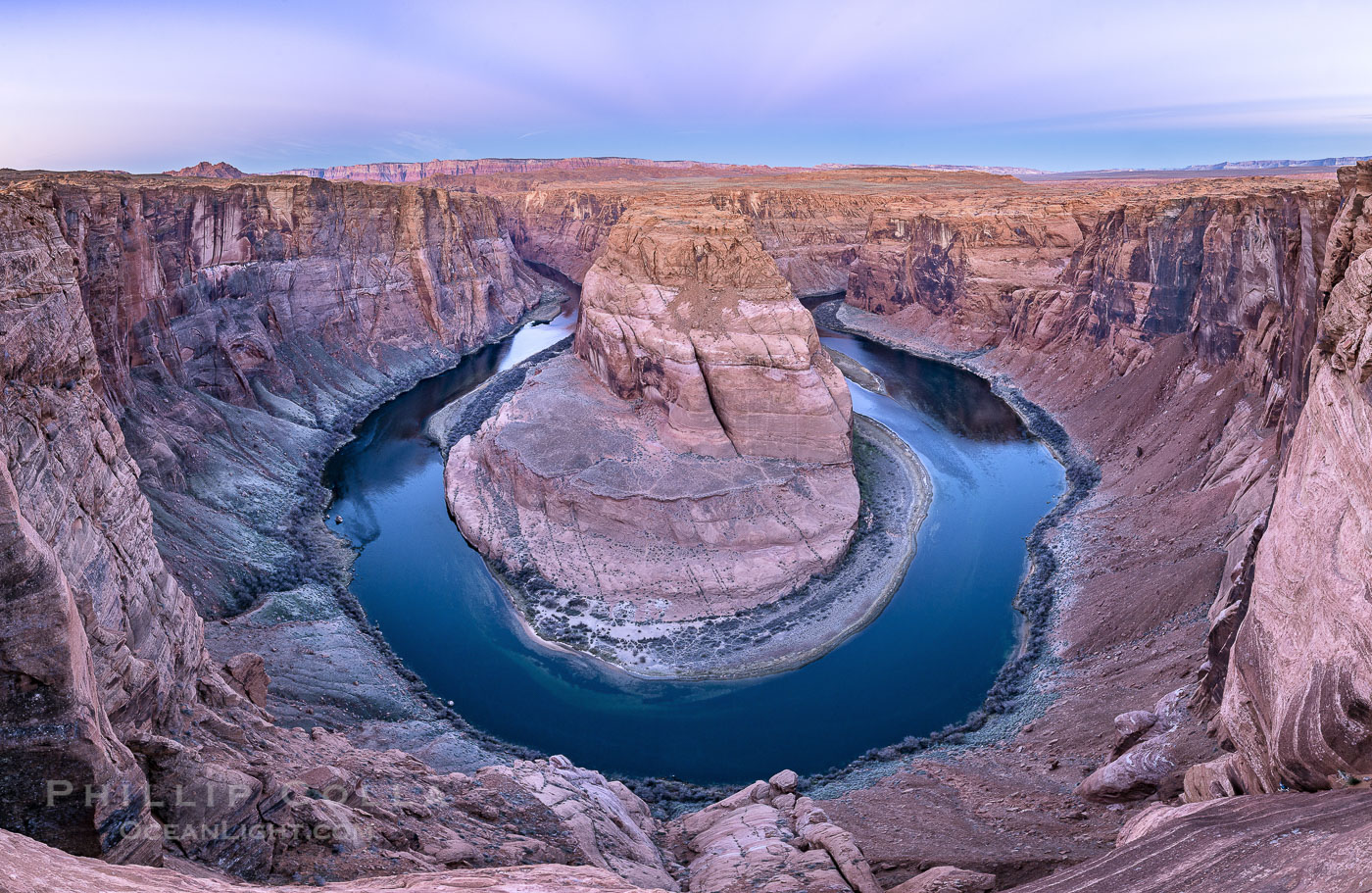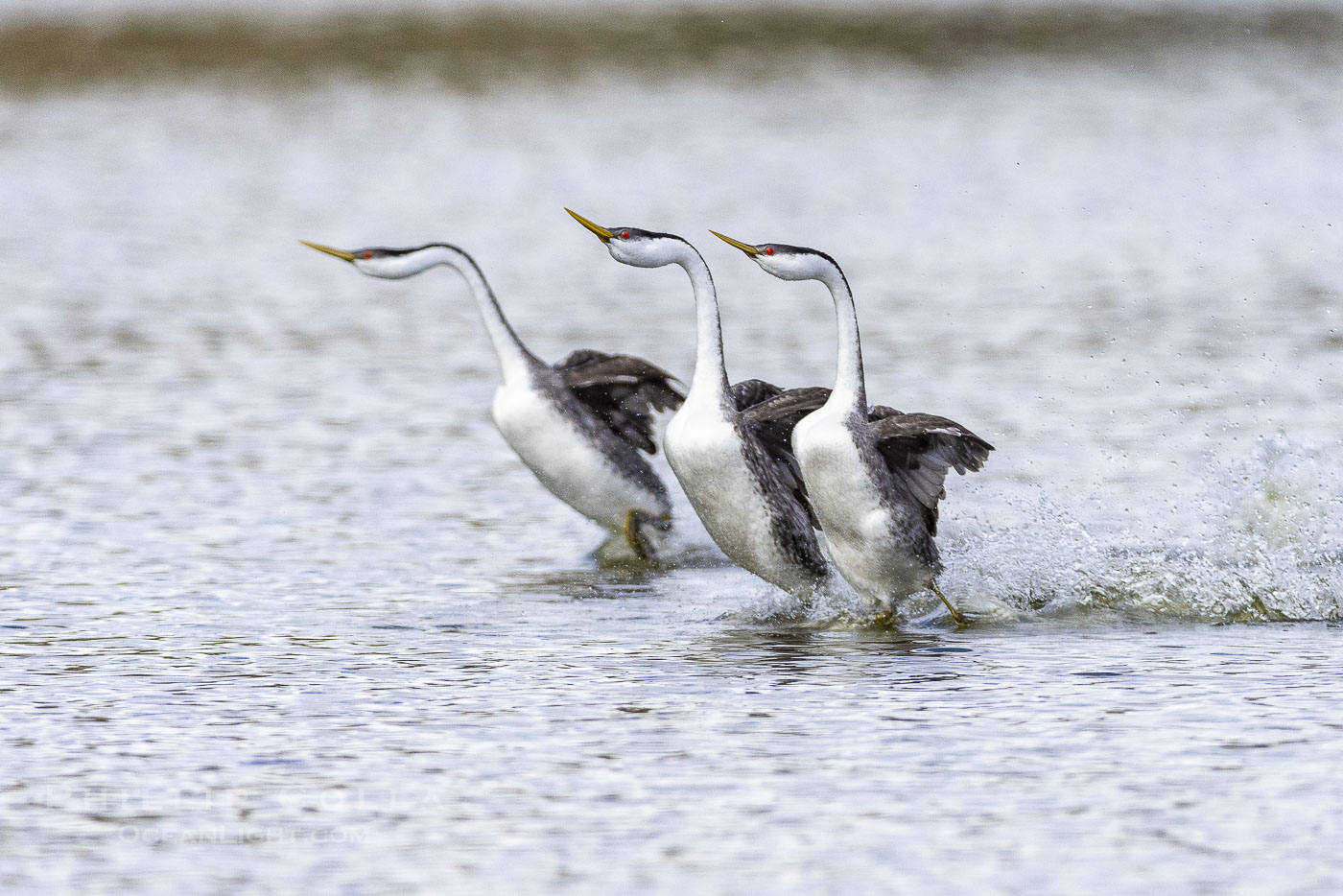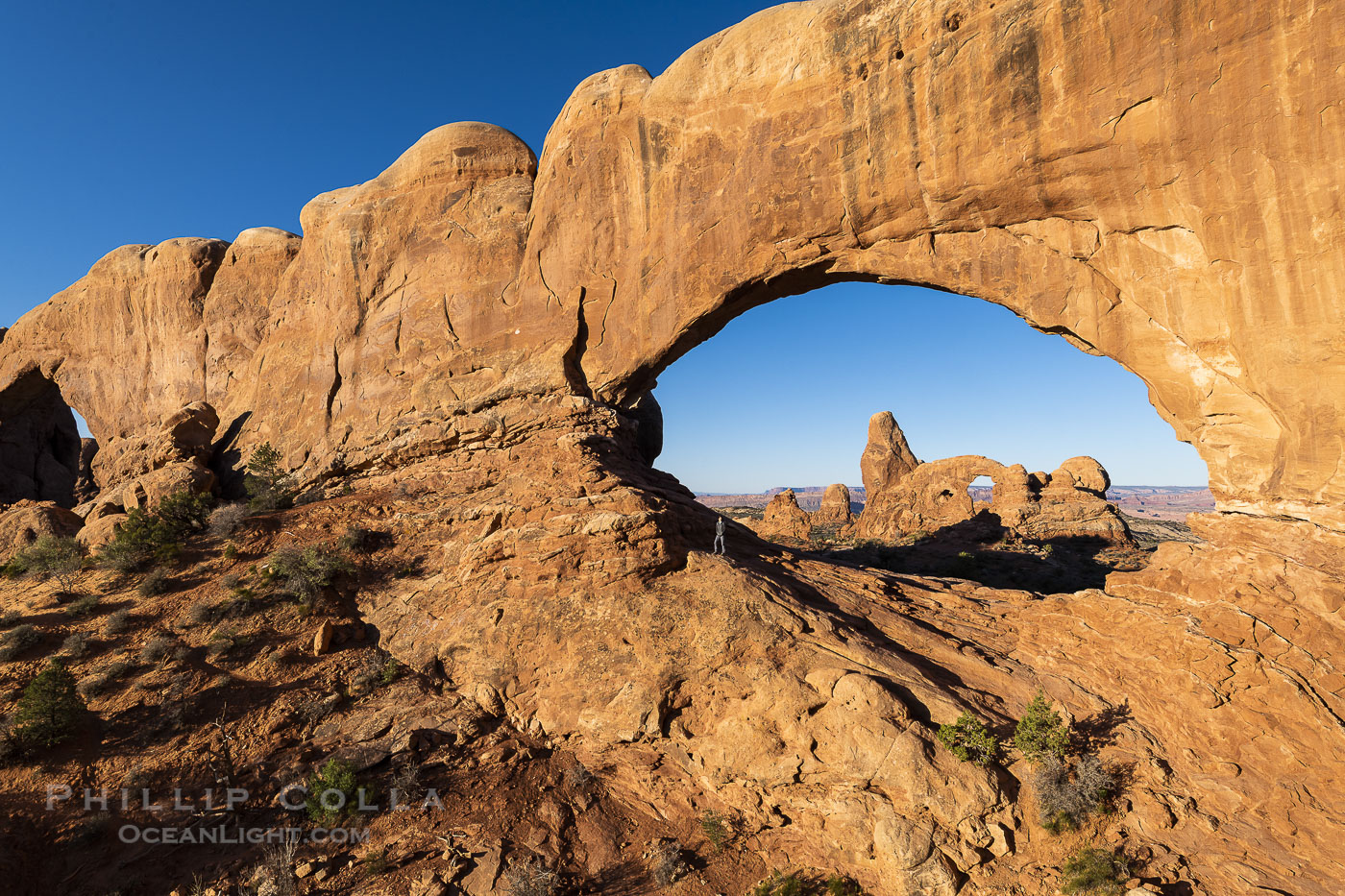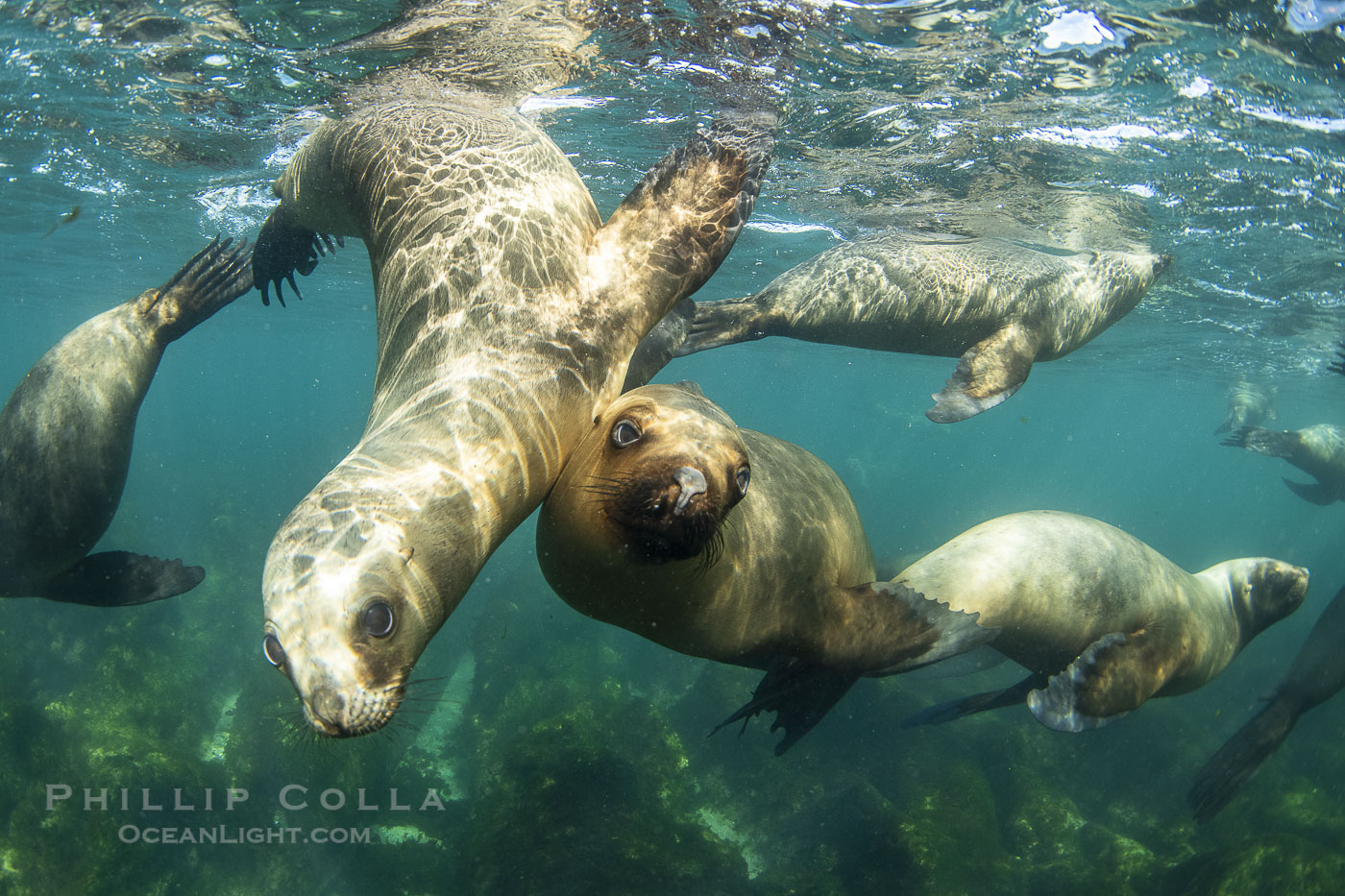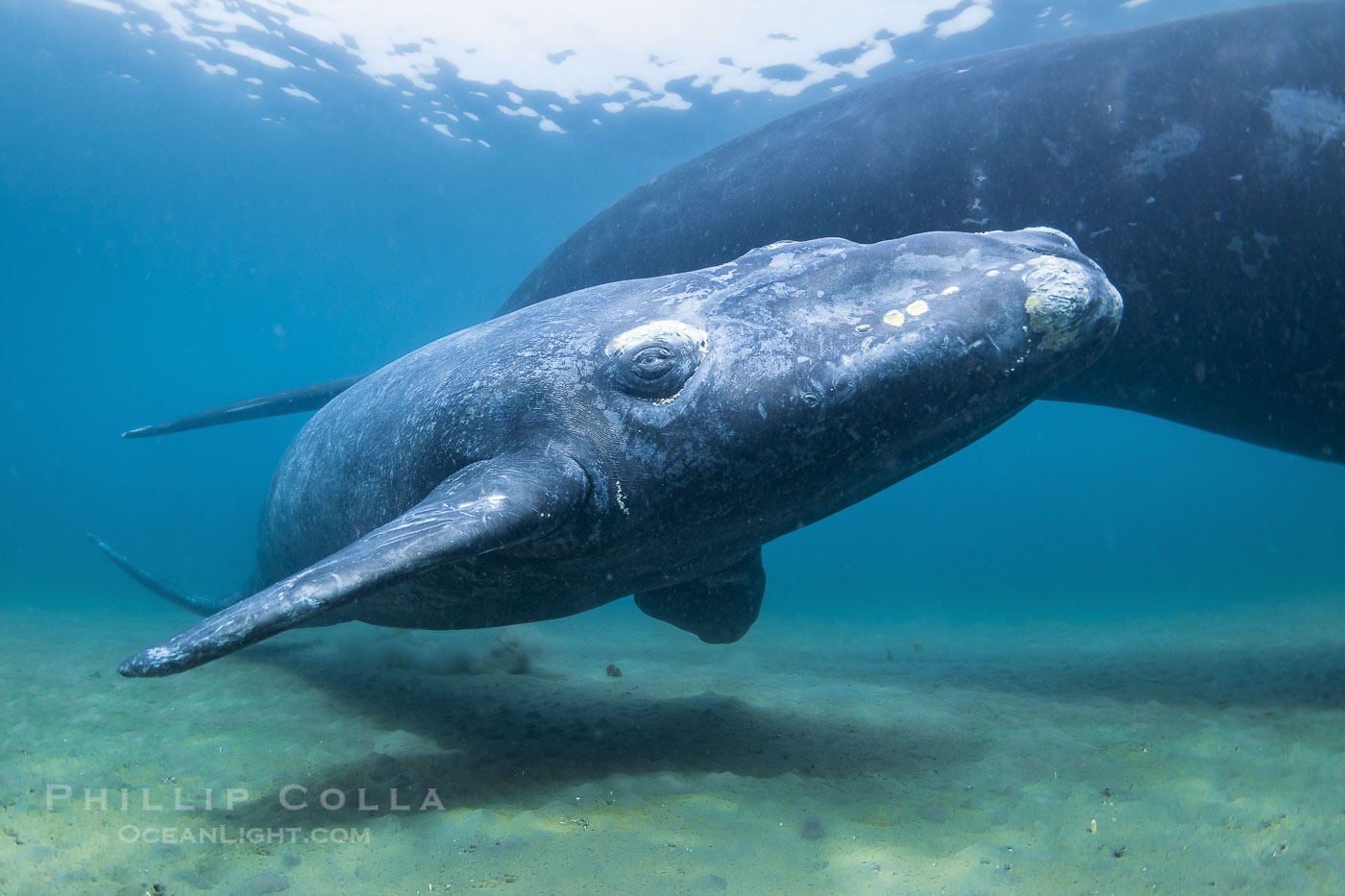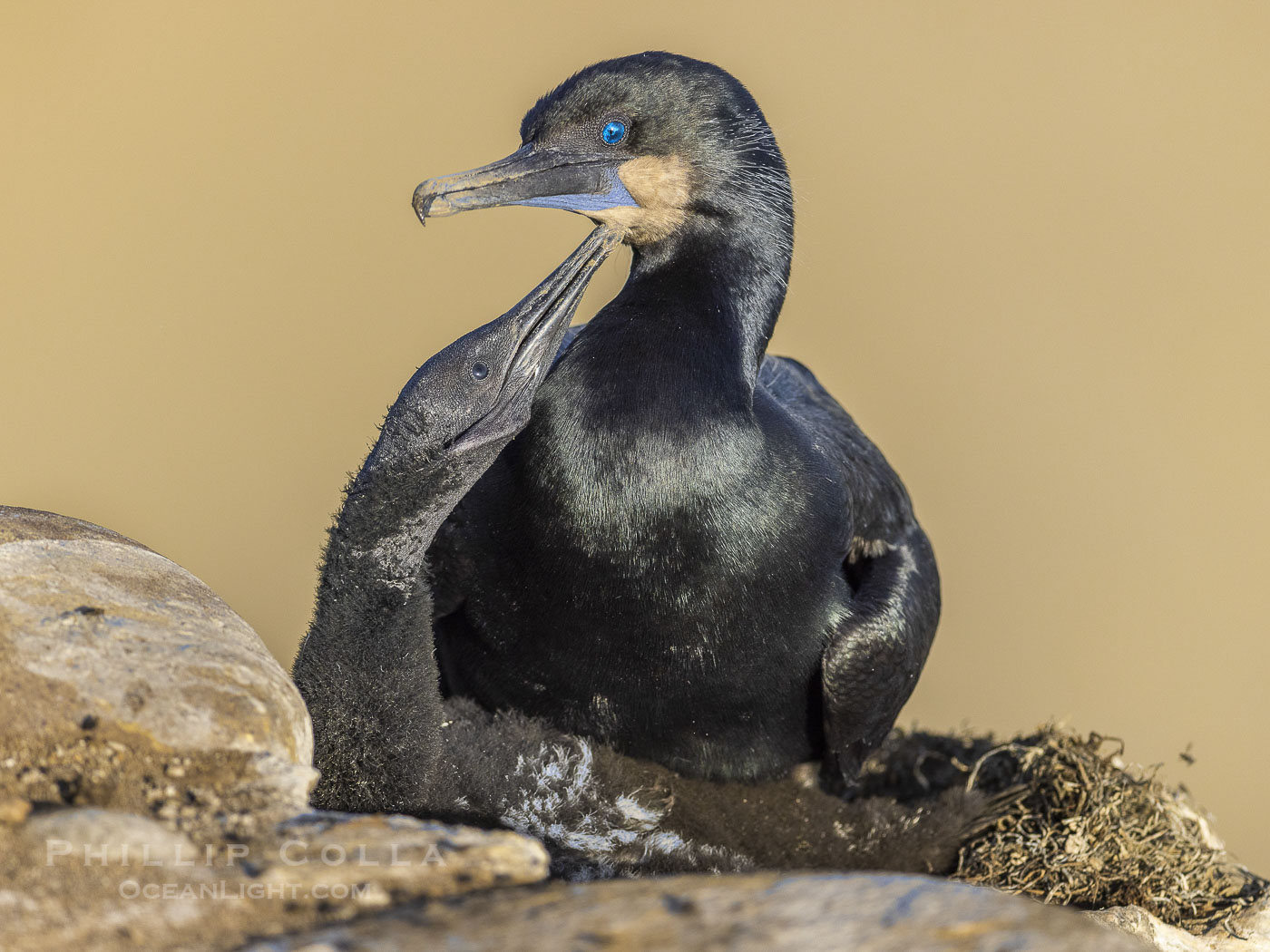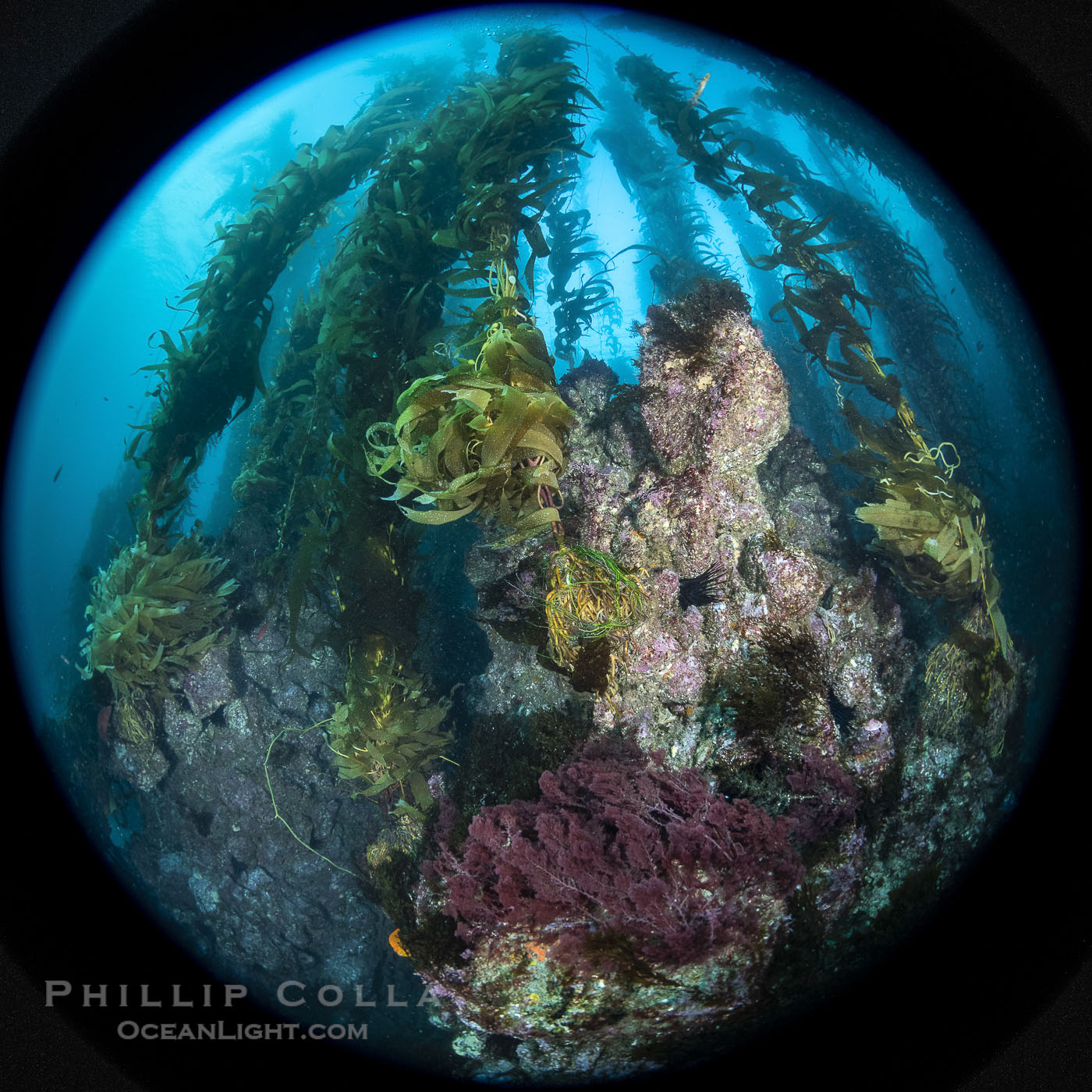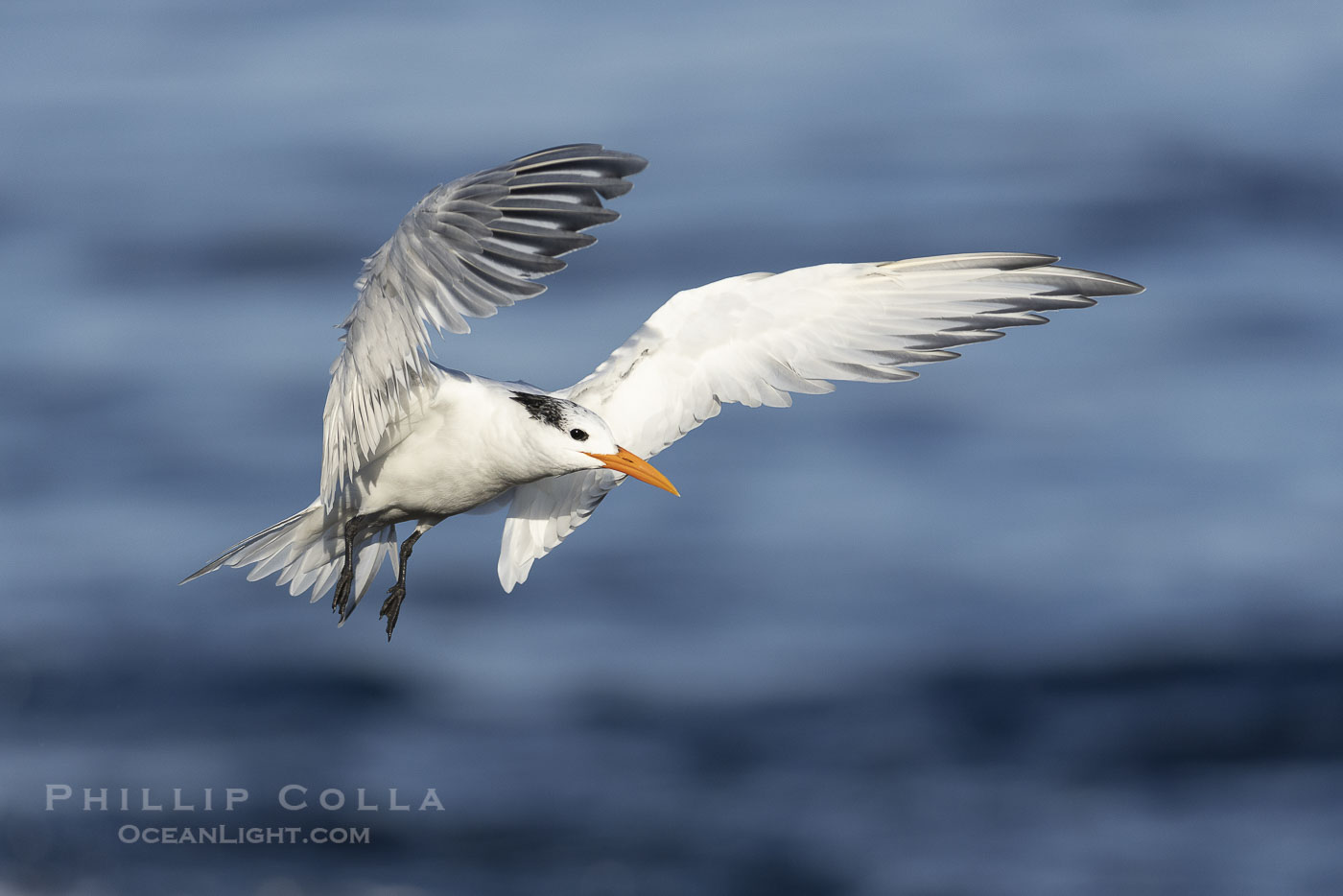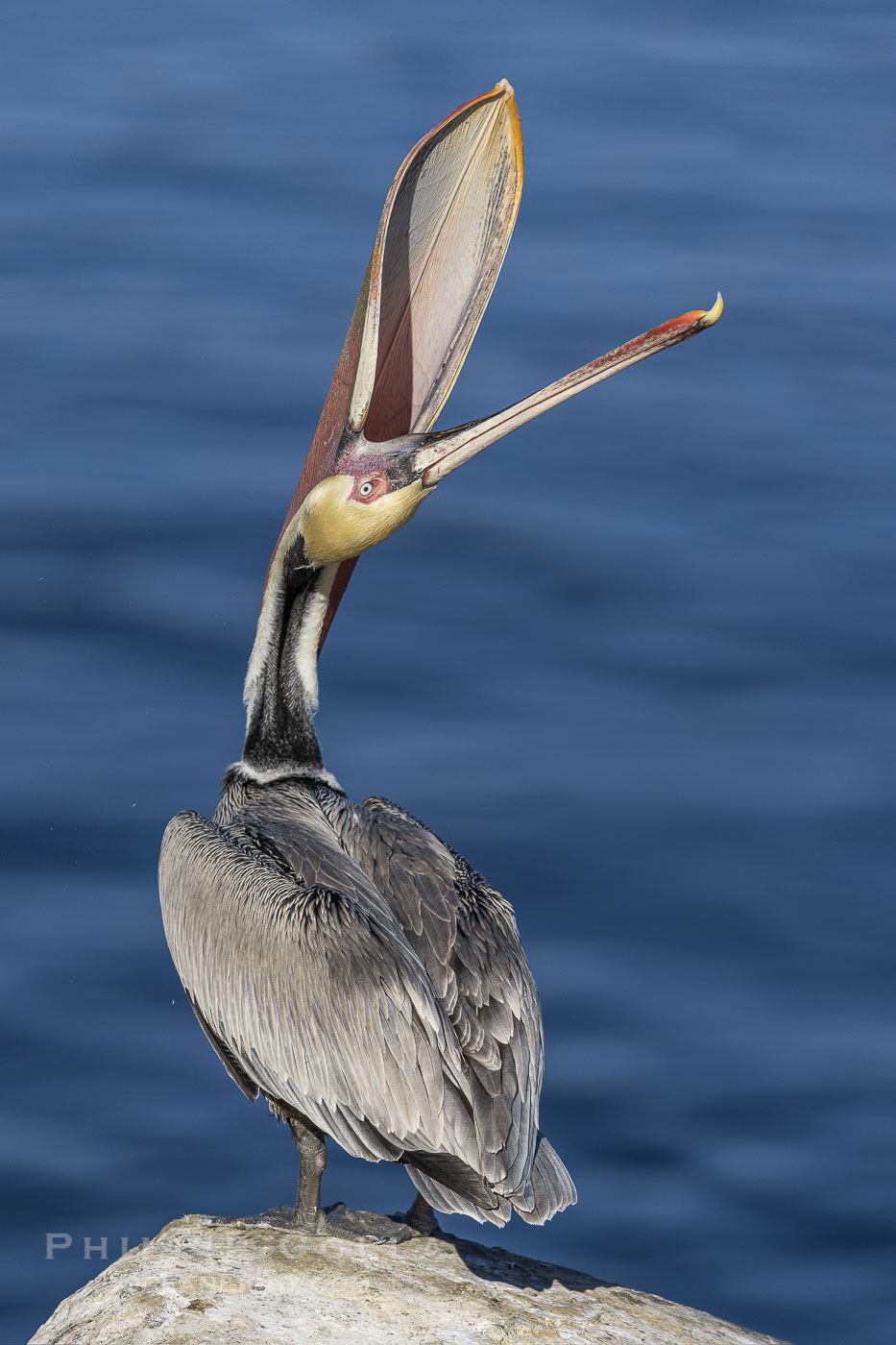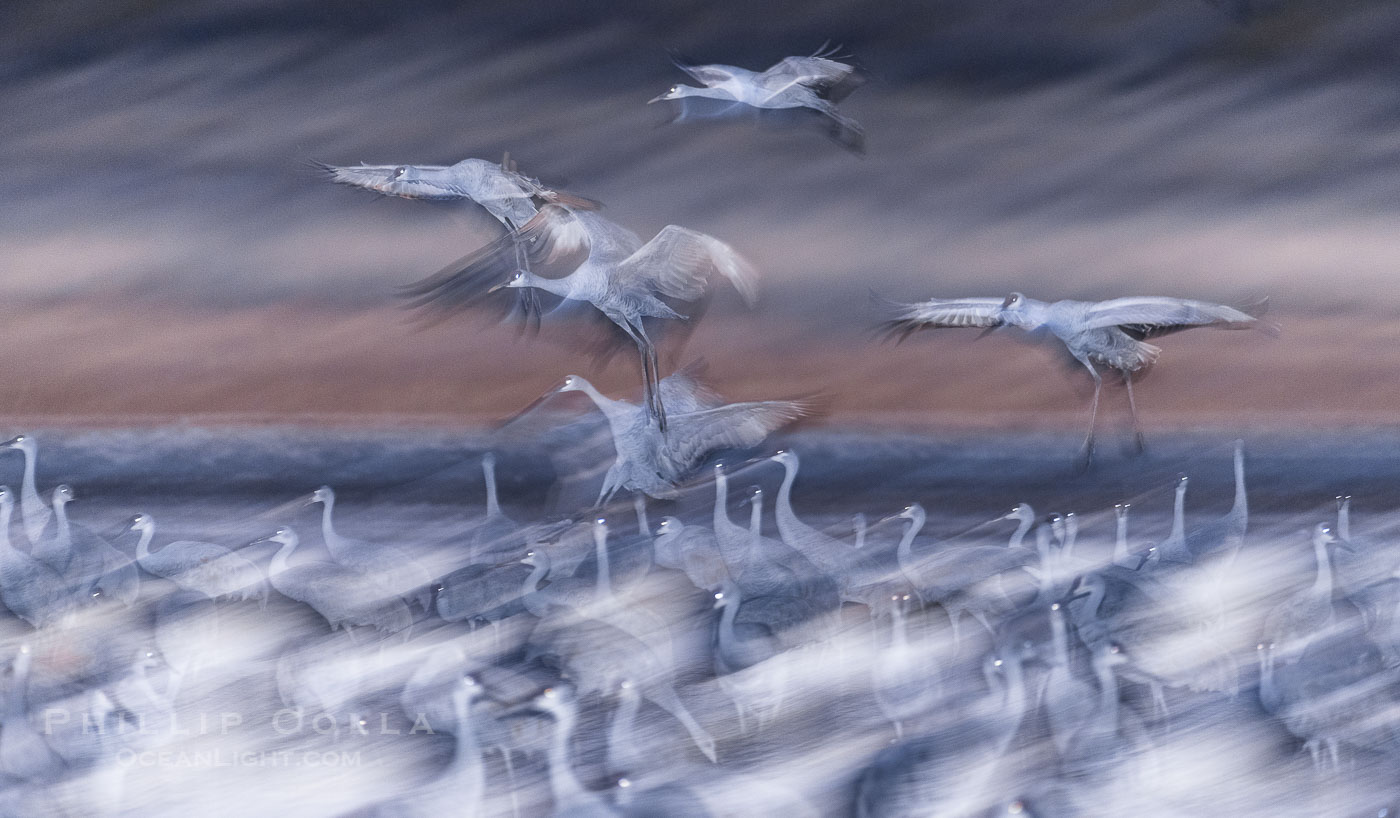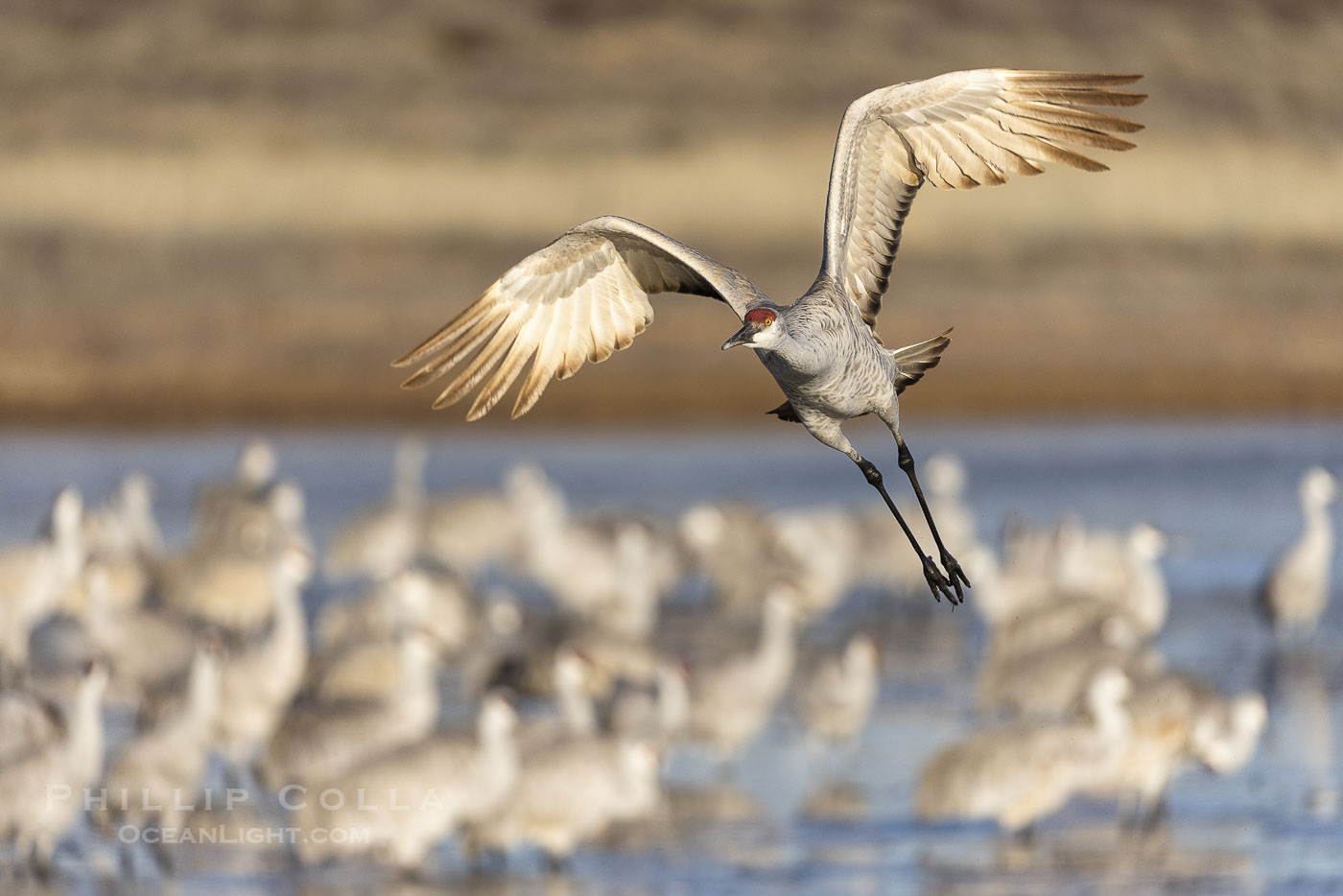2022 was a bit more normal than the previous two years in the sense that we were able to travel more and I was able to produce a handful of satisfying images. The little diving I did included the kelp forests of San Clemente Island, one of my favorite places in the world. I am always so grateful after a trip to SCI, it has some of the most spectacular underwater scenery anywhere. Tracy and I were able to visit the Utah badlands and Arizona for landscapes . I was able to make a few solo outings to New Mexico to photograph birds, Argentina for whales and Baja California for sea lions. This is the 16th year I have done an annual photography retrospective. My favorite images of the past year are below, roughly in chronological order. My goal for any one year is always to shoot 3-4 world-class images and 10-15 portfolio-quality images. If you like these feel free to check out previous years’ favorites as well: 2021, 2020, 2019, 2018, 2017, 2016, 2015, 2014, 2013, 2012, 2011, 2010, 2009, 2008, 2007. Click any image to go big. Cheers and Thanks for looking!
Parsvottanasana, tringle pose, pelican yoga. A brown pelican preening, reaching with its beak to the uropygial gland (preen gland) near the base of its tail. Preen oil from the uropygial gland is spread by the pelican's beak and back of its head to all other feathers on the pelican, helping to keep them water resistant and dry.
Image ID: 37725
Species: Brown Pelican, Pelecanus occidentalis, Pelecanus occidentalis californicus
Location: La Jolla, California
Belt of Venus over Horseshoe Bend on the Colorado River. The Colorado River makes a 180-degree turn at Horseshoe Bend. Here the river has eroded the Navajo sandstone for eons, digging a canyon 1100-feet deep. The Belt of Venus, or anti-twilight arch, is the shadow of the earth cast upon the atmosphere just above the horizon, and occurs a few minutes before sunrise or after sunset.
Image ID: 37781
Location: Page, Arizona
California Sea Lions at Point La Jolla, San Diego, California.
Image ID: 37917
Location: La Jolla, California
The Tree of Eons, a spectacular dendritic formation in the Bentonite Hills of Utah. Fantastic colorful sedimentary patterns, ancient Bentonite layers are exposed through erosion in the Utah Badlands. The Bentonite Hills are composed of the Brushy Basin shale member of the Morrison Formation. This layer was formed during Jurassic times when mud, silt, fine sand, and volcanic ash were deposited in swamps and lakes. Photographed just before sunrise with soft pre-dawn illumination. Aerial panoramic photograph.
Image ID: 37951
Location: Utah
White southern right whale calf underwater, Eubalaena australis. About five per cent of southern right whales are born white due to a condition known as grey morphism and will gradually turn dark as they age. They are not albino (which is a complete lack of pigmentation). Sometimes referred to as "brindled", the white coloration is a recessive genetic trait and only lasts a few months. Typically, but not always, white calves will become much darker as they mature but will still somewhat lighter than normal even as adults.
Image ID: 38279
Species: Southern Right Whale, Eubalaena australis
Location: Puerto Piramides, Chubut, Argentina
Mother and calf southern right whales underwater. The calf swims close to its mother but, if the mother is accepting, the calf will be allowed to come close to the photographer and check him out.
Image ID: 38309
Species: Southern Right Whale, Eubalaena australis
Location: Puerto Piramides, Chubut, Argentina
The Kelp Forest and Rocky Reef of San Clemente Island. Giant kelp grows rapidly, up to 2' per day, from the rocky reef on the ocean bottom to which it is anchored, toward the ocean surface where it spreads to form a thick canopy. Myriad species of fishes, mammals and invertebrates form a rich community in the kelp forest. Lush forests of kelp are found throughout California's Southern Channel Islands.
Image ID: 38494
Species: Giant kelp, Macrocystis pyrifera
Location: San Clemente Island, California
Huge California Sea Lion Male Underwater, a bull, patrolling his breeding harem and territory, Coronado Islands, Mexico. His sagittal crest, the bony bump on his head that distinguishes adult male sea lions, is clearly seen. This particular sea lion bears an orange tag on his left foreflipper, probably as a result of rescue and release as a young sea lion years earlier.
Image ID: 38655
Species: California sea lion, Zalophus californianus
Location: Coronado Islands (Islas Coronado), Baja California, Mexico
Royal Tern in flight, adult non-breeding plumage, La Jolla.
Image ID: 38668
Species: Royal tern, Sterna maxima
Location: La Jolla, California
Spectacular Brown Pelican Head Throw Display. This California brown pelican is arching its head and neck way back, opening its mouth in a behavior known as a head throw or bill throw.
Image ID: 38675
Species: Brown Pelican, Pelecanus occidentalis, Pelecanus occidentalis californicus
Location: La Jolla, California
Sandhill Cranes in Flight at Sunrise, Bosque del Apache NWR. At sunrise, sandhill cranes will fly out from the pool in which they spent the night to range over Bosque del Apache NWR in search of food, returning to the pool at sunset.
Image ID: 38733
Species: Sandhill crane, Grus canadensis
Location: Bosque del Apache National Wildlife Refuge, Socorro, New Mexico
